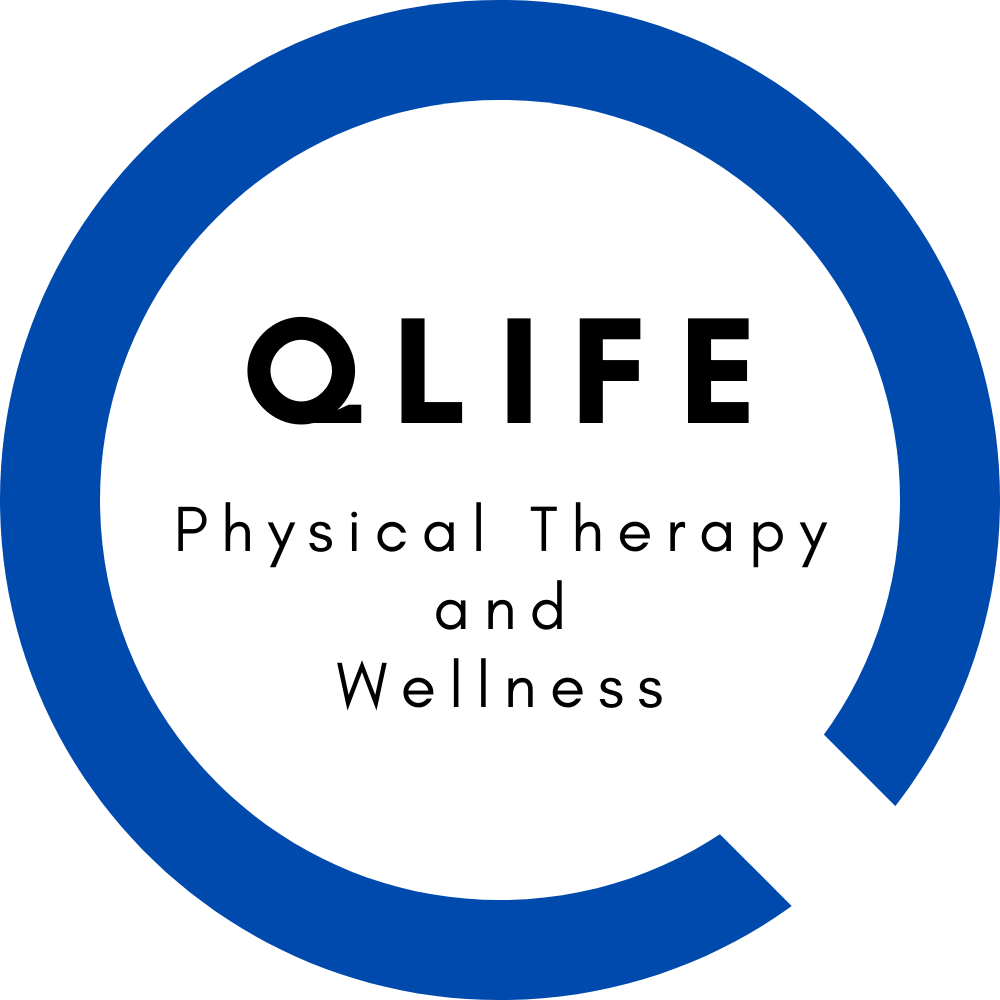Golf: Is It a Dangerous Sport?
The numbers don’t lie… 62% of amateurs and 85% of professionals will sustain a significant injury associated with playing golf.
With a as many as 60 million golfers worldwide, that’s a whole lot of people getting injured.
The problem is, we amateur golfers are usually too out of shape or have poor swing mechanics, whereas professional golfers suffer overuse injuries with their frequent play, lucky ducks. Turns out, lower back pain accounts for one third of all injuries and can happen to anyone regardless of age, ability, frequency of play or how awesome their clubs are.
Why the lower back?
A good golf swing creates significant club-head speed, which is something that is only achieved by applying a lot of torque (force) throughout your lower back and hips.
So golf puts a lot of pressure on your spine. The average golf swing produces a compression load on your back equal to 8 times your body weight. By comparison, and somewhat counter intuitively, a sport like running produces a compression load just 3 times your body weight. And anybody that has done any serious amount of running knows your back will hurt somewhere along the way too!
Golfers experiencing low back pain typically have one or a combination of the following types of injuries:
Muscle Strain or Ligamentous Sprain
Disc Injury
Altered Joint Mechanics or Motor Control
Degenerative Arthritis
Bone Fracture
Other top golf-related injuries include trauma to the elbow (like golfer’s elbow, aka medial epicondylitis), and wrist/hand or shoulder (like impingement or bursitis). So much for golf being a low-impact activity folks!
The main causes of injury may include:
Frequency of repetitive practice (overworked muscles)
Suboptimal swing mechanics
Inadequate warm-up routine
Poor overall physical conditioning
With the average recovery time lasting 2-4 weeks, addressing the main causes of injury is well worth the effort.
How can you enjoy the wonderful game of golf while reducing your risk of injury?
The simple answer is through purposeful and consistent conditioning. Golf requires strength, endurance, and flexibility to create the power in order to play the game well - and not hurt yourself in the process.
How much and how often depends on you the individual. For example, I had a caseload of golf clients (using the Titliest Performance Institute program) at one point that was 90% recreational, occasional golfers. The other 10% were juniors or low handicappers that played in some level of tournaments. Almost all the recreational golfers were just poorly conditioned at the basic level. So after very intricate, comprehensive golf fitness evaluations, their programs had to be stripped down versions of the more elaborate golf-specific programs. From there we built off of those clients strength and flexibility gains to develop more detailed programs related to their swing faults and mechanics.
So start simply by finding relief from nagging aches and pains. Build yourself up. Once you have established a nice individualized exercise program, then tailor your conditioning more specific to your golf swing. That’s when you will really see a difference in a golf targeted program.
One 11-week targeted conditioning program found participants:
Increased their club head speed by 7%
Improved their strength up to 56%
Improved their flexibility up to 39%
Increased their drive distance up to 15 yards with sustained accuracy
Whether you’re a casual golfer or serious about your game I can help you avoid injury and thus improve your skills. That’s why I’d like to share with you this free informational fact sheet on Golf Injury Prevention. This fact sheet is completely free to download and is packed full of useful information to help you reduce your risk of injury while becoming a stronger golfer.
Download it HERE.
And if after enjoying this free fact sheet you feel you need some further guidance or get inspired to start finally getting help with eliminating pain or just getting fit, call me.
Be sure to check out my Facebook page or Instagram where I’m posting informative tips and information to help you stay injury-free - whatever you’re doing.

